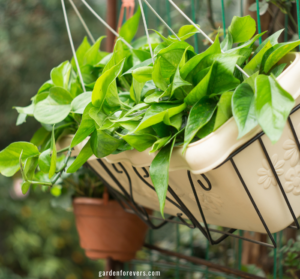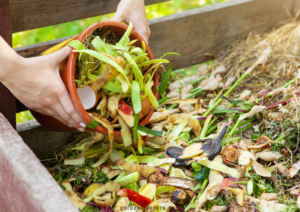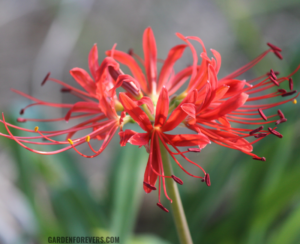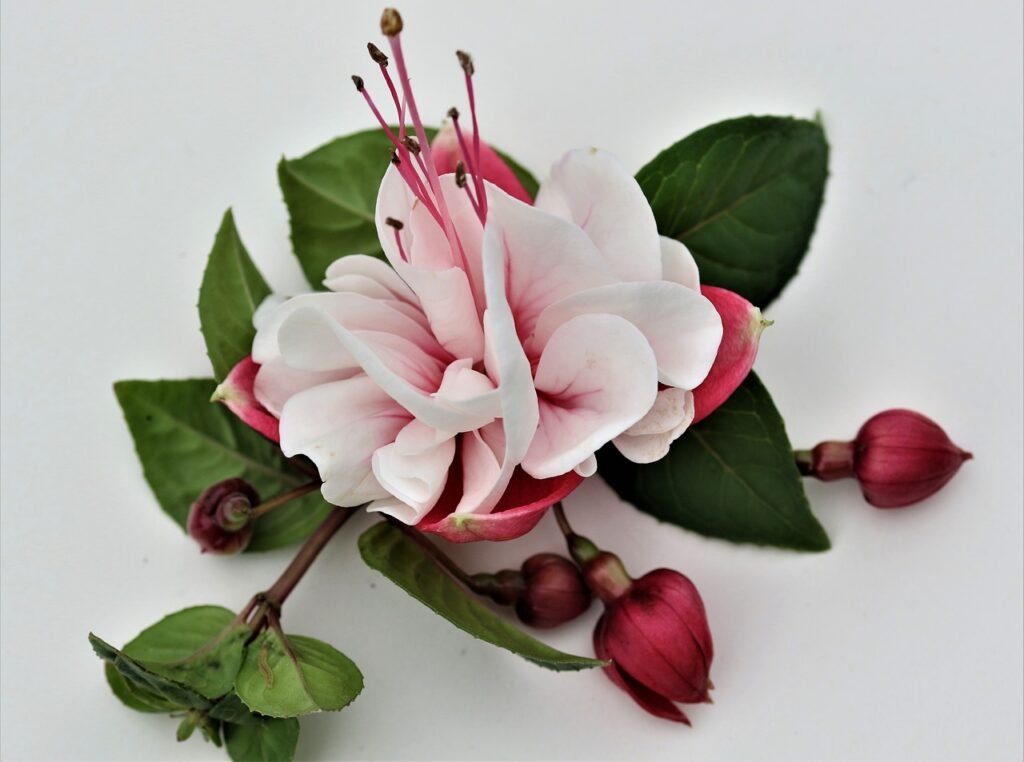How to Grow & Care for Italian Green Beans

There are some important steps for taking care of Italian Green Beans (Phaseolus vulgaris) in the United States, which include everything from planting to harvesting. This guide provides detailed information on soil preparation, planting, watering, fertilization, pest control, and harvesting, offering comprehensive care advice for a successful green bean crop.
How and When to Grow Italian Green Beans
Soil Preparation
Italian Green Beans grow well in well-drained, fertile soil with a pH between 6.0 and 7.0. Test the soil to determine its pH and nutrient levels. Local extension services often provide this. If the pH is low, add lime to increase it. Conversely, use sulfur to lower high pH. Mix compost or well-rotted manure into the soil to improve fertility and texture. Cultivate the soil to a depth of 8-10 inches to make it loose and suitable for air circulation.

Planting
Italian Green Beans after the last frost date in your area. The soil temperature needs to be at least 50°F (10°C) for seed germination. Space rows about 18-30 inches apart. For bush beans, plant seeds 2-3 inches apart in the row. For pole beans, plant seeds 4-6 inches apart. Plant seeds 1-2 inches deep, cover lightly with soil, and water gently.
Watering
Regular moisture is crucial for green beans. Water regularly, giving about 1 inch of water per week. Increase watering in hot, dry conditions. Use soaker hoses or drip irrigation to reduce moisture on leaves, which lowers the risk of diseases. Water early in the day so leaves can dry before evening.
Fertilization
Although Italian Green Beans are light feeders, they need balanced nutrients. Before planting, mix a balanced fertilizer (10-10-10) into the soil. Side-dress with nitrogen fertilizer when the plants flower. Avoid over-fertilizing, as excess nitrogen encourages leaf growth over pod production.

Mulching
Mulching helps retain soil moisture, suppress weeds, and regulate soil temperature. Use organic mulch like straw, grass clippings, or shredded leaves. Apply a 2-3 inch layer around the plants, keeping it away from the stems to prevent rot.
Staking and Support
Italian Green Beans generally do not require staking. Provide support with trellises, stakes, or teepees for pole beans. Install supports at planting time to avoid root damage later.
Pest and Disease Management
Italian Green Beans are susceptible to common pests and diseases. Monitoring and early intervention are very important.
Pests
Aphids: These small insects can be controlled with insecticidal soap or neem oil.
Bean beetles: Hand-pick beetles and larvae. Use row covers to protect young plants.
Cutworms: Use collars around seedlings and keep the garden free of debris.
Diseases
(Powdery mildew, root rot, mosaic virus:) Ensure proper air circulation and avoid overhead watering. Use fungicides if necessary. Plant disease-resistant varieties and control aphid populations.
Temperature and humidity of Italian green beans
Weeds compete with green beans for nutrients and water. Regularly hand-weed, especially when the plants are small. Use a hoe between rows, taking care not to damage bean roots. Mulching effectively reduces weed growth.

Harvesting
Harvest Italian Green Beans at the correct maturity stage. Pick beans when they are young and tender, usually 50-60 days after planting. Hold the stem close to the plant and pull gently or use scissors to avoid damaging the plant. Regular harvesting encourages more pod production. Check plants every few days.
Tips for Success of Italian green beans
To extend the harvest period, plant new seeds periodically. Italian Green Beans benefit from being planted with corn, cucumbers, and strawberries. Avoid planting near onions and garlic. Prevent soil depletion and disease accumulation by rotating crops. Taking care of green beans involves attentive cultivation practices from soil preparation to harvest. By providing the right conditions and regular care, you can enjoy a bountiful harvest of this nutritious and versatile vegetable. Whether bush or pole beans, following this guide will help ensure healthy plants and high yields in your garden.








